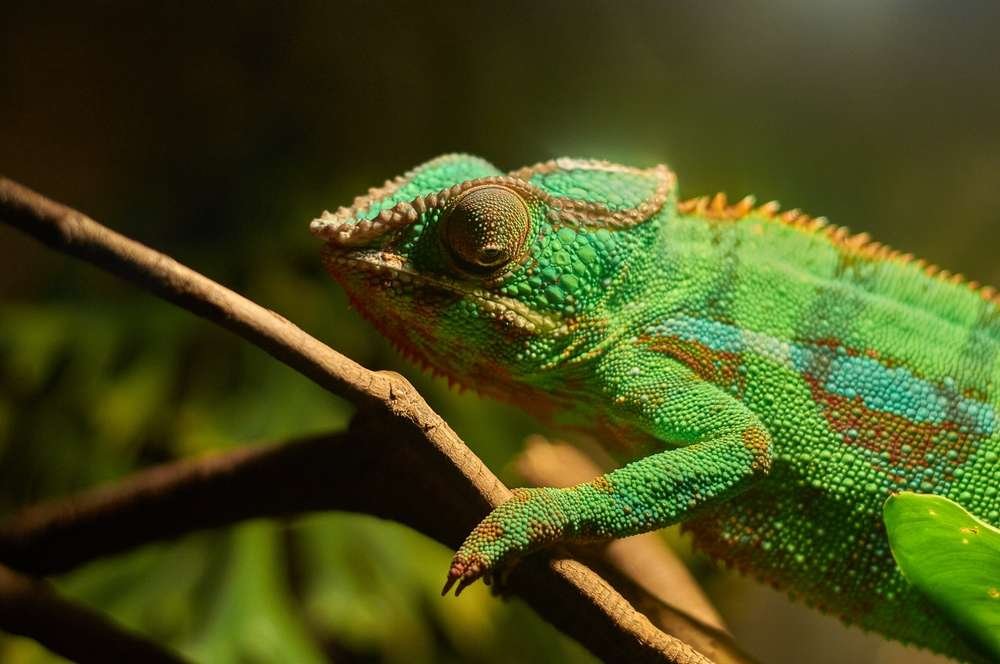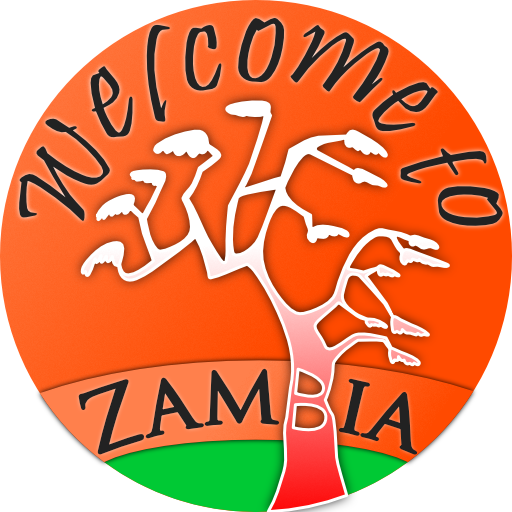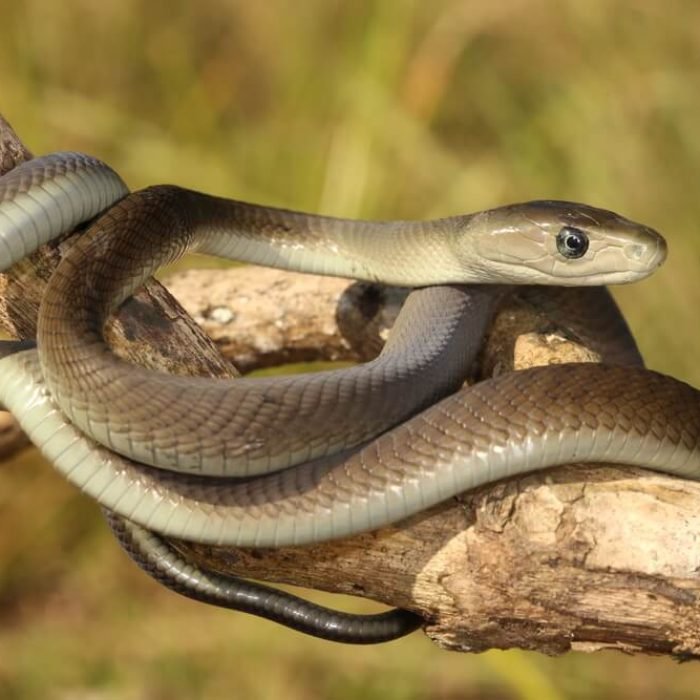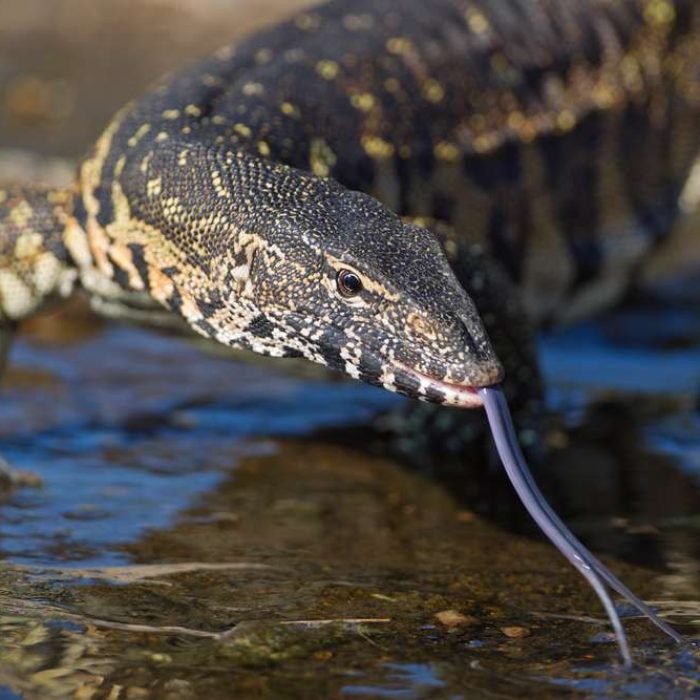Ukinga Hornless Chameleon
- Trioceros incornutus
- IUCN Status: Least Concern
- Threat: harmless
- Venom/Toxin: none
- Trend: stable

General Information
The ukinga hornless chameleon gets its name from the ukinga mountains in Tanzania where it was studied and identifired. It can be found in Zambia and Tanzania.
Fun Facts
A common misconception is that Chameleons change colour to blend in with their environment when infact they do so to mirror their stress levels. Different patterns represent different health and stress levels.
Ecology & Behaviour
The ukinga hornless chameleon will normally make hissing noises when it feels threatened and it can spit out saliva as a way t deter predators.
Diet
The ukinga hornless chameleon is a carnivore that eats a variety of invertebrates, although large individuals may take geckos and other chameleons. The species is itself commonly preyed on by snakes such as the boomslang and the twig snake.
Reproduction
The adult female flap-necked chameleon lays 10-40 eggs in a hole dug in soil. The eggs take 10–12 months to hatch.
Conservation
It is categorized by the International Union for Conservation of Nature (IUCN) as a, ” Least Concern “.
Distribtion & Habitat
The ukinga hornless chameleon
Interaction With Humans
Culturally, the chameleon is one of Zambian’s most feared and misunderstood reptiles. They are considered to be bad omens, especially if you see one crossing the road. They are also locally thought to be poisonous and if you are bitten by one you will then turn into different colours (They are not poisonous, nor their spit and you won’t change colours )
Share:
- Phylum: Chordata
- Class: Reptilia
- Order: Squamata
- Suborder: Iguania
- Family: Chamaeleonidae
- Genus: Trioceros





